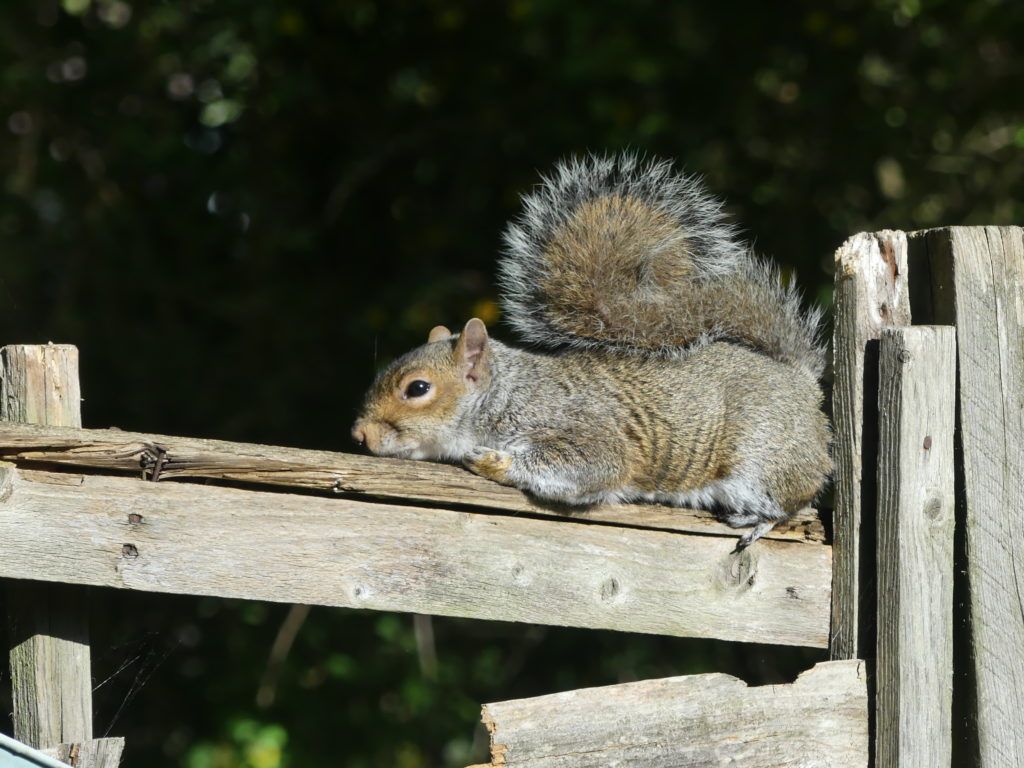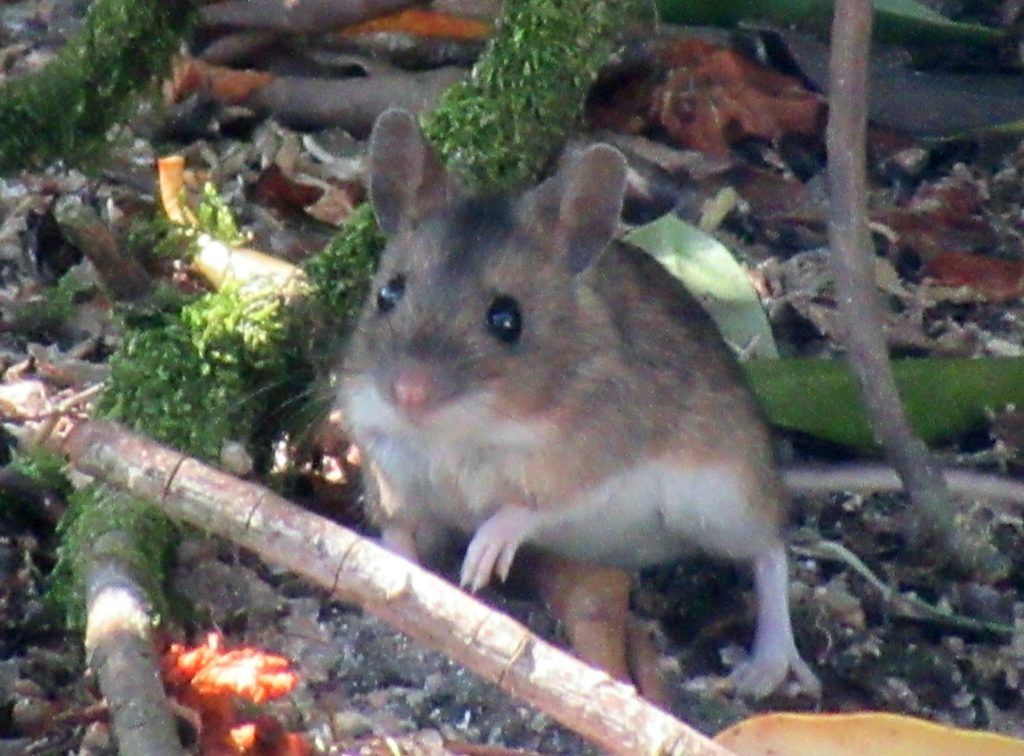From the arboreal to the aquatic
Fifteen species of rodent make up about a quarter of the wild terrestrial mammal species in Britain. They’ve filled a wide range of niches, from the arboreal (red squirrels and hazel dormice) to the aquatic (water voles and beavers), and many are familiar urban neighbours.
Most conspicuous are red and grey squirrels, active during the day and ably making the most of bird feeders. Squirrels nest in tree hollows or build dreys, but urban grey squirrels use other nest sites as well, including bird boxes, in roofing thatch and under tiles. They’re frequent residents of church towers and have been known to nest in cavity walls.
Through August, September and October, grey squirrels may produce a second litter of two to four kits (later in the year than red squirrels do). The young are weaned after eight to ten weeks and are independent by three to six months.

Grey squirrels first arrived in Britain in 1876 when a pair was brought from North America to Henbury Park in Cheshire. About 30 introductions followed at different sites in England and Wales, including several at Woburn Park in Bedfordshire, the first in 1889, and to three sites in Scotland, before their import was banned in 1937. By the turn of the last century, grey squirrels had become an addition to parks and private collections across the country, including Regent’s Park in London. Today, there are estimated to be 2.7 million grey squirrels in Britain.
The vole story
Seen less often, but just as ubiquitous, are wood mice and bank voles, frequent prey of domestic cats. Four species of vole are found in Britain: bank, field, water and, in Orkney alone, common voles. Orkney voles are a subspecies of the common vole that’s widespread in continental Europe, and were introduced by Bronze Age traders.
Bank voles are larger than field voles and have a proportionately longer tail (about a half, compared to a third of the body length). Bank voles are a ginger/chestnut-brown rather than the grey-brown of field voles.
Bank and field voles are those most likely to be found in urban areas but water voles, too, have been recorded on rivers and canals in more than thirty towns and cities. Those in the Greater Easterhouse area of Glasgow have adopted a different tack, thriving at grassland sites away from water. Colonies exist in parks and gardens, and along road verges, behaviour more typical of continental water voles and largely unknown in Britain.
The dormice of Britain
There are two species of dormouse in Britain, the native hazel dormouse and the fat (or edible) dormouse, introduced a the start of the 20th century. Hazel dormice are typically found in young woodland, moving between the shrub and taller layers of vegetation, small, nocturnal and very rarely seen. Records of dormice on birdfeeders in gardens are not unheard of, but more commonly it’ll be a wood mouse. House mice, grey-brown, with smaller eyes and a narrower head than wood mice, are fairly exclusively an indoor mouse. While it might look unspectacular, its success is global: after ourselves, house mice are probably the most widespread mammal in the world. That said, it’s found in only around one in fifty domestic properties here.
Making a comeback
Outside of urban areas, rodents are renown for some building of their own. Beavers are landscape engineers, constructing dams and creating wetland habitats that support a wealth of wildlife. They were hunted to extinction in Britain several centuries ago, but now are making a comeback.
Although ‘unofficial’ populations have established themselves in the River Tay and River Otter, the first licenced beaver reintroduction in the UK was at Knapdale, Scotland in 2009. Subsequent five-year studies of that, and the population on the River Otter in Devon, found that beavers brought benefits to people and biodiversity alike. They restore river systems, improve water quality and reduce the risk of flooding downstream.

Not all rodents might have the widespread approval that beavers do, but they all show how the fortunes of mice and men are intertwined and how long a shared history we have.
Take part in Living with Mammals Autumn survey today.
